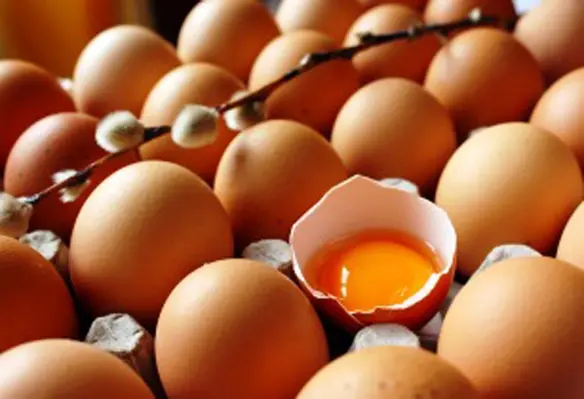The egg shell is an indicator of the quality of content and good appearance often results in good nutritional composition, according to a study
The edible part of the egg, i.e., the yolk and the albumen, is subsequently surrounded by a ‘dead’ and often pigmented shell of calcium carbonate. This essentially leaves the consumers to judge the internal quality based on shape, dimensions and external shell surface characteristics.
If an egg’s albumen is of poor quality then any sound foundation on which to build a thick, strong and quality eggshell is usually lacking. Consumers selecting eggs according to industry standards, governing external shell appearance, are generally rewarded with fresh good-quality eggs.
Ongoing investment by the poultry industry ensures cost-effective egg collection, handling, grading, packing and transportation. The achievement in speed and packing efficiency without compromising egg integrity and safety requires detailed knowledge of egg shape and shell strength.
Egg shape
Egg shape is of interest to consumers but vital for poultry producers and marketing companies, especially when eggs are packed in uniform trays for transportation. Abnormally- shaped eggs are easily broken during handling, for the simple reason that they do not fit exactly into the custom-designed trays.
Ideal shape is defined by the relationship between the length and breadth of the egg. An index of 75 (calculated as the ratio of breadth/length x 100) is considered to be the best. Egg shape is of less importance when eggs are not packed in containers, and since most eggs in this category go for processing, then shape is of no consequence to the purchaser.
Shape is important to consumers of intact eggs. They want the classical egg shape and certainly not eggs which have an ‘equatorial’ bulge that typically occurs in eggs which are broken in the shell gland and partly repaired before lay. Such eggs which incur breakage during shell formation display a bulge around the centre of the egg. Any single factor responsible for bird disturbance in the 10-14 hour period before the egg is actually laid will increase the occurrence of this condition.
Shell quality
Shell quality can be divided into several components, including surface characteristics, and shell thickness and composition, which combine to determine shell strength. Egg shell comprises three per cent membranes and 97 per cent true egg shell, which is largely composed of calcium carbonate (CaCO3).
— By Dr Terry Mabbett
To continue reading the rest of this article, please see the June 2014 issue of Far Eastern Agriculture





